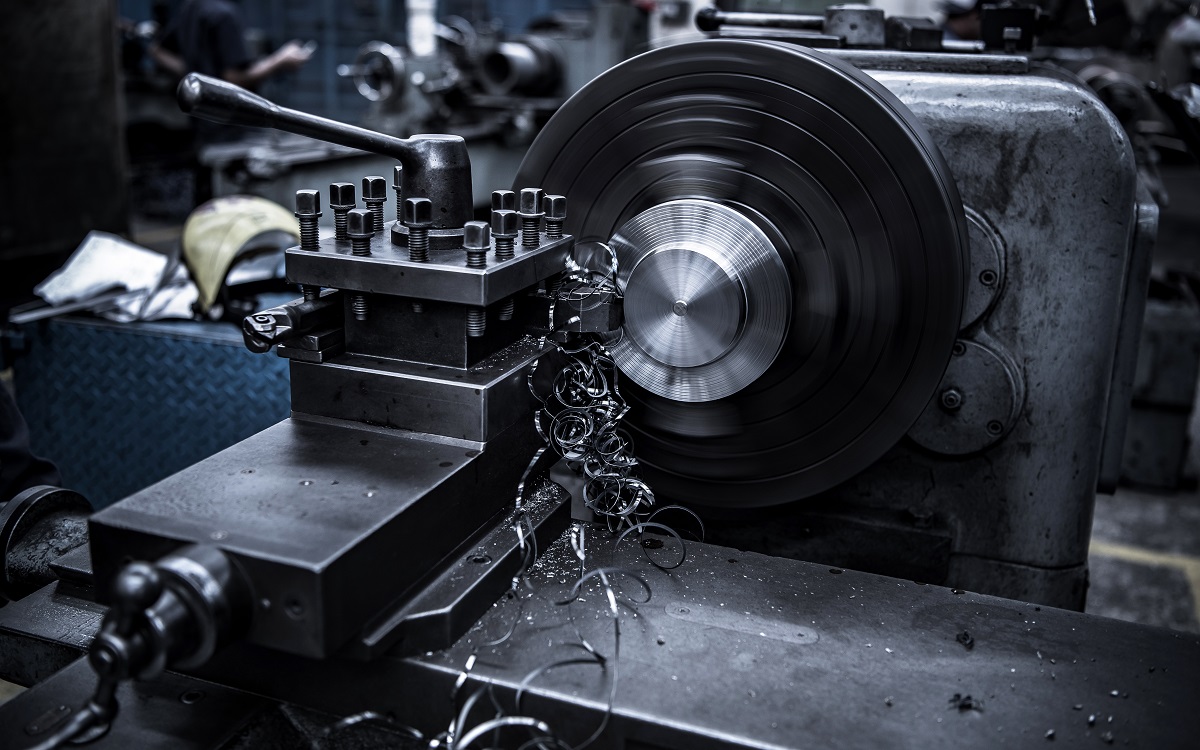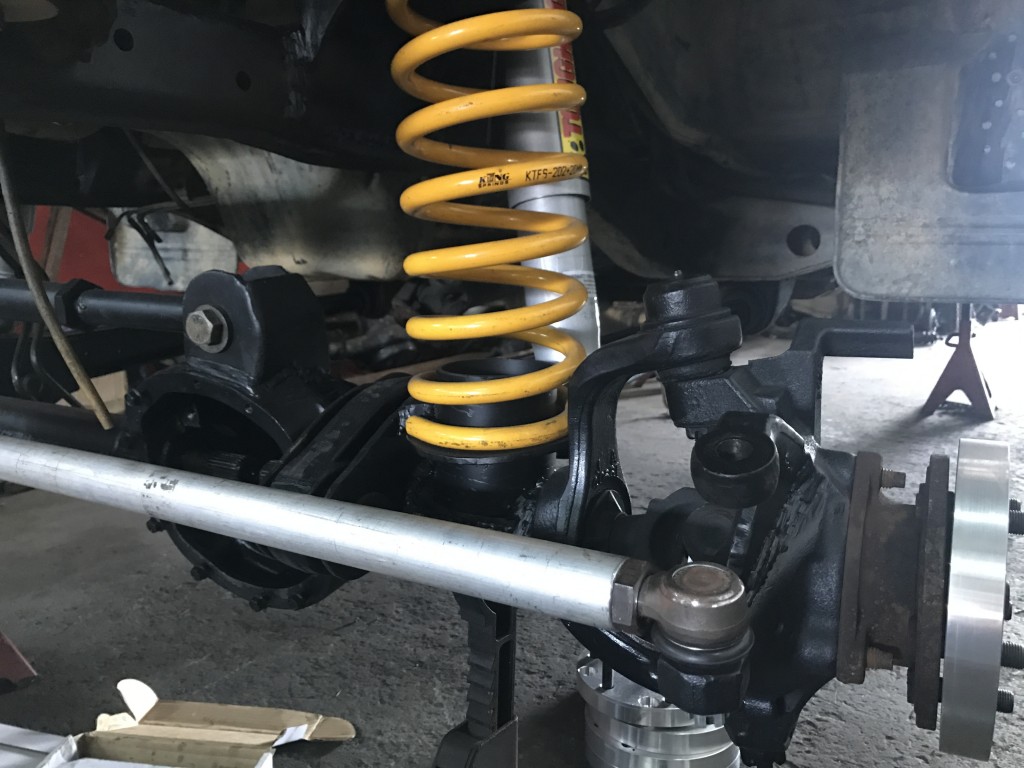You can find springs in many machines, from heavy industrial equipment to basic consumer products such as pens. If you were to take any machine apart, there is a good chance that there will be a spring inside of it. But because of many spring designs available, some people might feel overwhelmed choosing the right type for their application. Here is a quick rundown of common types of springs and their functions:
Torsion Spring
As its name suggests, a torsion spring operates with torque or a twisting force. You can find torsion springs in several items, such as a mousetrap or a clothespin. You can also find them in electronic devices and medical equipment. From Alaska to Ohio, manufacturers look for a good company that offers torsion springs to meet their consumer’s demands.
Extension Spring
Extension springs work with a tensile load, which refers to a pulling force. Extension springs absorb and keep energy while resisting the pulling force. You can attach an extension spring to several components. It can bring two components together if they pull away from each other. You can typically find extension springs in garage door mechanisms and luggage scales.
Compression Spring
Compression springs are helically formed coils that work using a compressive load. They push back on a load or force when the load or force is released to go back to the first position. It is one of the most economical springs, making it one of the most common types of springs for a variety of applications. You can find compression springs in several items, such as retractable pens, mechanical pencils, spring mattresses, and shock absorbers.
Conical Springs

This is a type of compression spring that creates a conical or tapered shape. It reduces solid height in coils that telescope into each other and provides balance as well. So, if there is a limit of solid height, the conical spring gives the manufacturer a great advantage because it lets every coil fit into the next coil. Conical springs are a crucial part of manufacturing many automobile suspension systems. You can also find them in battery contacts and push-buttons.
Manufacturing Springs
Besides categorizing springs based on their types, you can classify them by how they were manufactured. While most people often think of metal coil springs, there are still many other types. There are the commonly known lightweight and heavy-duty coil springs. But there are also flat springs, such as retainer clips and spring washers.
You can also find molded springs, composite or plastic springs, which are suitable for corrosive environments like marine applications and food production. But these are not as common as metal springs. Another type of spring is a die spring required for heavy-duty applications that have high precision and strength requirements.
It is essential to know the available types of springs on the market and their intended applications. This way, you won’t feel overwhelmed placing orders for specific springs for your manufacturing team or a DIY garage repair project. Procurement of supplies will be faster and more convenient, making your day-to-day operations more efficient.

